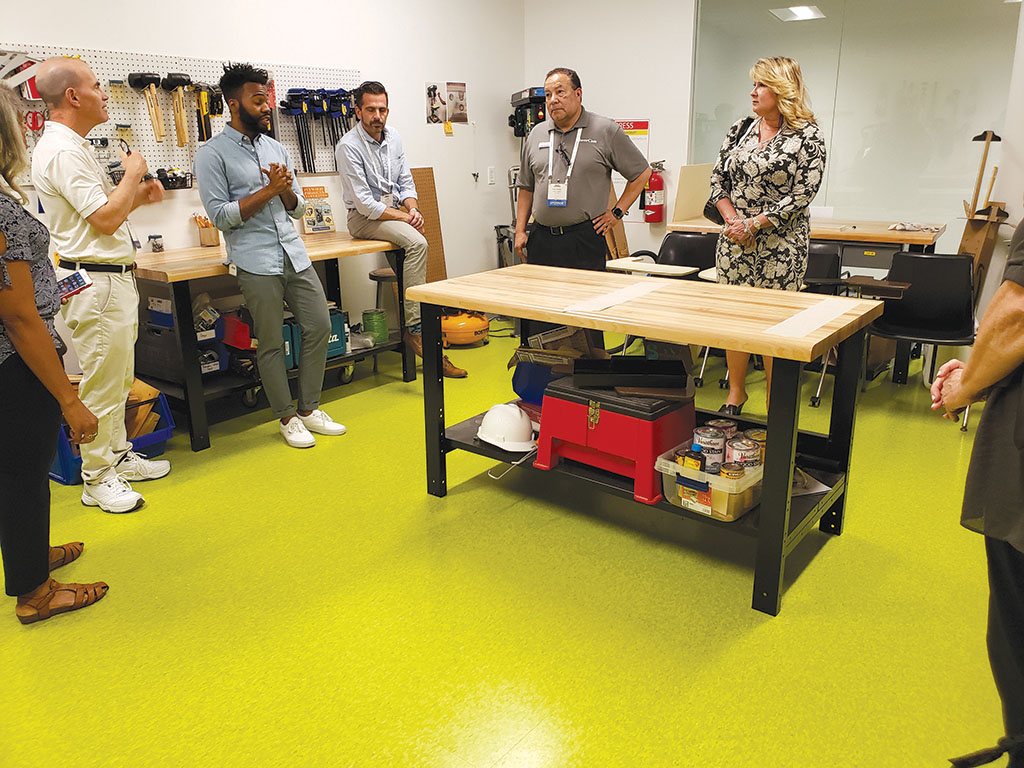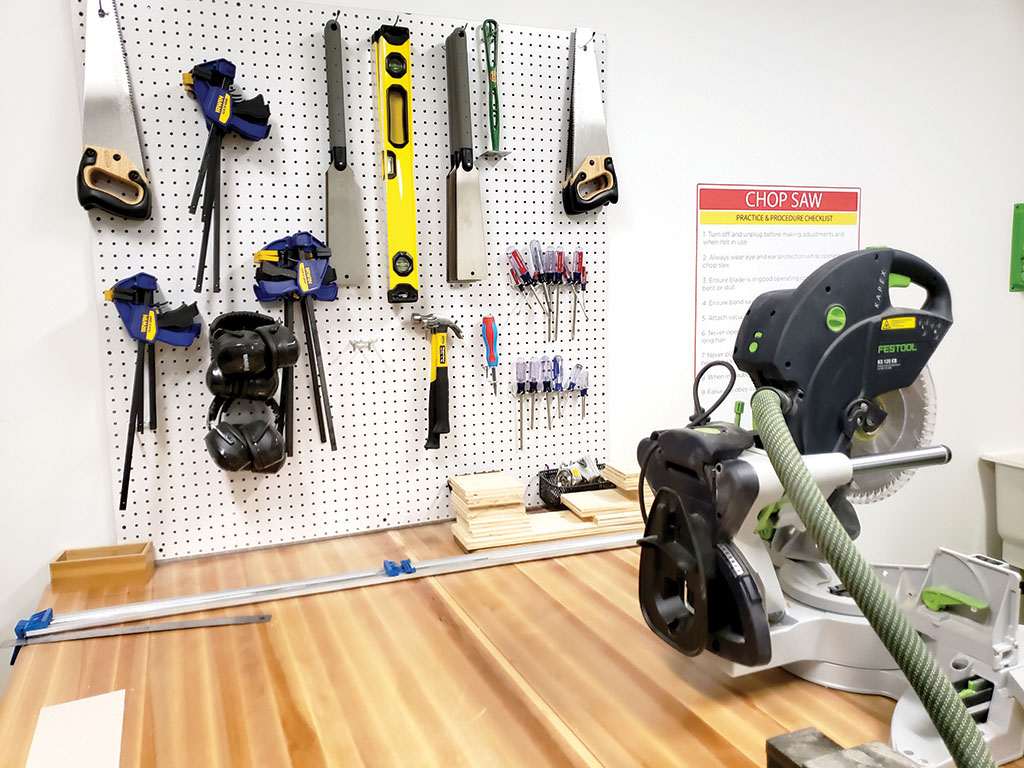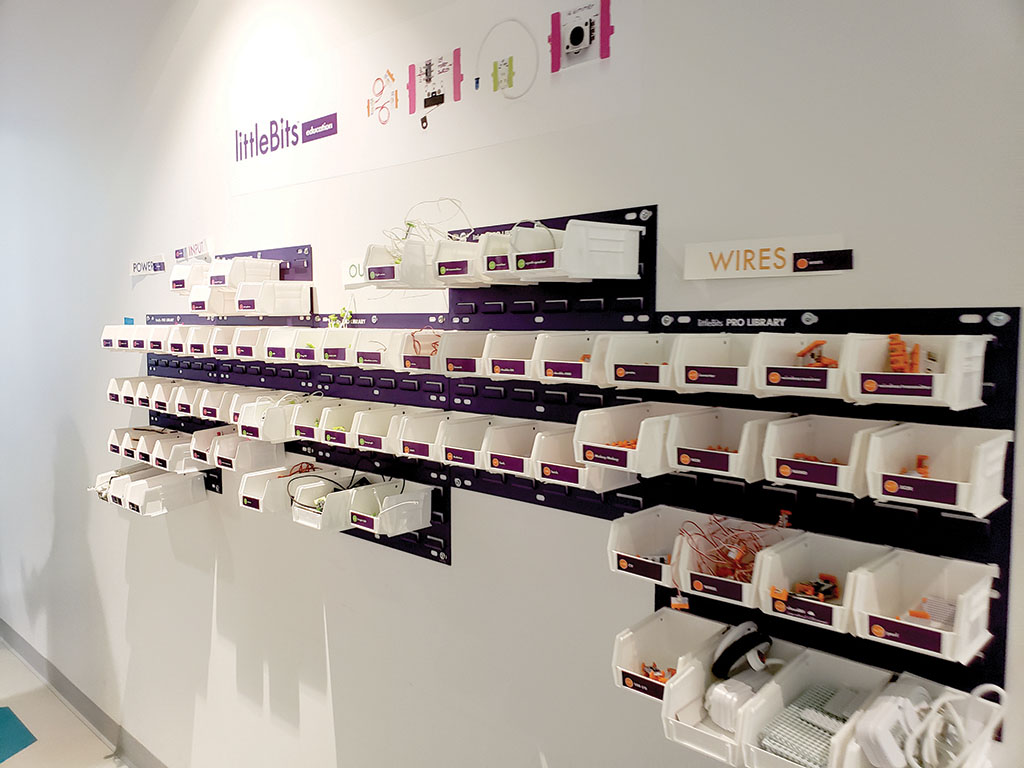When Inventions Become Innovation
Each year in late June, ISTE is held in a large US city, drawing educators and administrators from across the globe.



Each year in late June, ISTE is held in a large US city, drawing educators and administrators from across the globe. Hailed as the premier gathering for all things “edtech,” the ISTE conference hosts some of the largest and most interactive displays of classroom technologies. Many of these tools claim to be capable of innovating teaching and learning. What sets these products—whether they be software or a new device—apart from the numerous edtech inventions flooding the growing K–12 edtech marketplace?
For me, this question was answered not at ISTE but at the annual pre-ISTE Tech & Learning Leadership Summit held this year in Philadelphia. As is typical at a Tech & Learning Summit, the weekend kicked off with site visits to two schools that are doing amazing things for kids in the classroom with the help of technology. At FirstHand Philly’s Science Learning Academy, a school that has embraced Project Inquiry learning, student-centered projects were on abundant display. These included a re-imagining of what a student desk should be, complete with snack boxes and a built-in privacy screen. These and other student-led inquiry projects demonstrated how empowering students and providing them with access to the tools they need to create can lead to end results every educator and administrator strives to see daily: demonstrated competencies.
At the second site, the Drexel ExCITe Center for Expressive and Creative Interaction Technologies, participants saw similar demonstrations of learning, with more emphasis on the advanced expression involving “technologies.” As students demonstrated the game they had coded, which is now for sale on Xbox One Marketplace (the game is called Sole), or showed how they learned to program an automated drum set to play the “Super Mario Brothers” theme song, or even as they wrote the necessary code to ensure a robot could “see” via an Xbox Kinect sensor, the transformative approach of allowing students to personalize their own learning, including their assessments, adorned the center.
Throughout the summit, other outstanding examples of schools that were bold enough to innovate the manner in which students’ learning was assessed were highlighted. The following morning, Building 21, which is located in urban Philadelphia, shared many of their bold initiatives. They’ve enabled high-school students entering the program at a fifth-grade reading level to make rigorous and relevant contributions to both the school and local businesses, including both professions and vocations—the 21st-century’s definition of career readiness. The extraordinary success of Building 21, which is part of Philadelphia Schools’ Innovation Network, is the result of combining personalized learning pathways with a strong culture focusing on staff-student relationships—all while being completely immersed in problem-based learning. The school’s laser-like focus on “improving skills, not percentages” seems to be paying off in preparing students for success outside the school walls.
Throughout the weekend of learning and networking in the City of Brotherly Love, many more examples of “best practices” regarding instruction with technology were shared. And while many new inventions were on display later in the week at ISTE, this practice of boldly using any available technology (devices, shop tools, software, musical instruments, etc.) to transform the teaching and learning experience into something more meaningful and personalized for students is the definition of true innovation.
Todd Dugan is the Superintendent of Bunker Hill CUSD #8 in Bunker Hill, Illinois.
Tools and ideas to transform education. Sign up below.
Todd Dugan is the Superintendent of Bunker Hill CUSD #8 located in Bunker Hill, Illinois -- a rural district in downstate Illinois. Most recently, Dugan was awarded the 2019 winner of American Association of School Administrators’ (AASA) “Leaders Matter” campaign.
